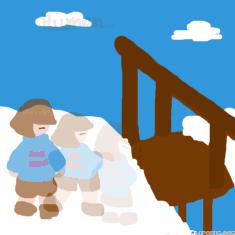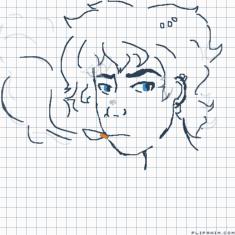Me when I edit


21 comments

MaxiTheNerd
11.12.2024 04:32
LinkEditing make me mad my capcut crashes

JustMcytDrawings[OP]
11.12.2024 04:33
LinkI used to use CapCut when I was 10 hah get better boi😂😂🫱🫱🫱

MaxiTheNerd
11.12.2024 04:34
LinkBRUH.

JustMcytDrawings[OP]
11.12.2024 04:36
LinkSorry I’m just better…

MaxiTheNerd
11.12.2024 04:36
LinkRight..

JustMcytDrawings[OP]
11.12.2024 04:40
LinkYea say it..

When I use CapCut, I’ve found a clever workaround to avoid paying for certain premium features—I simply screen record my edits. Instead of exporting directly and dealing with any paywalls or watermarks, I play the final project in full-screen mode and record it using my phone’s screen capture feature. It’s a bit of an extra step, but it gets the job done without any hassle. Plus, it feels oddly satisfying to find a way around the system and still end up with high-quality edits. It’s a little trick that saves money and keeps my creativity flowing without limits.

Absolutely, my intellect is as sharp as a pen once wielded by aspiring writers at old school book fairs, where the air buzzed with excitement and inspiration. Each stroke of that pen holds the power of creativity, brimming with ideas and knowledge waiting to be unleashed. Just as those timeless pens delicately danced across the pages, crafting stories and thoughts, my mind navigates the complexities of information with precision and clarity. Engaging with diverse subjects, I draw connections, explore depths, and generate insights, all while embodying the essence of that vintage charm and intellectual vigor that once resonated in the halls of literature.

Ants are fascinating social insects that belong to the family Formicidae, known for their incredible strength and teamwork. With over 12,000 species identified worldwide, they exhibit diverse behaviors and habitats, from rainforests to deserts. Ants communicate through pheromones, allowing them to collaborate efficiently in tasks such as foraging for food, defending their colony, and caring for their young. Their complex societies often feature a queen, workers, and sometimes soldiers, each with specific roles to ensure the colony's survival. Remarkably, ants can lift objects many times their own weight, showcasing their physical prowess. These little creatures play vital roles in ecosystems, contributing to soil aeration, seed dispersal, and even pest control.

Ants build their colonies through a highly organized and cooperative process. It typically begins when a queen ant finds a suitable nesting site, often after mating. Once she settles in, she lays eggs that hatch into larvae. Worker ants, which are sterile females, take on the responsibility of foraging for food, caring for the queen’s offspring, and maintaining the nest.
The construction of the colony involves various tasks, including digging tunnels and chambers, which can be done using their powerful jaws. Some species build nests in soil, while others create structures in rotting wood or even in leaves. Ants communicate through pheromones to coordinate their efforts, marking trails to food sources or alerting others to danger. As the colony grows, they may expand their nest or create satellite nests nearby, showcasing their ability to adapt to environmental changes. This intricate collaboration leads to the thriving communities we observe today.







